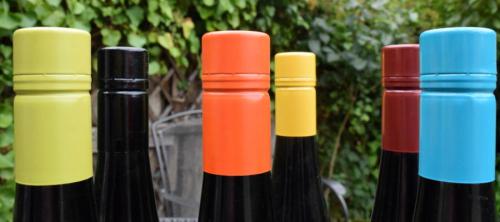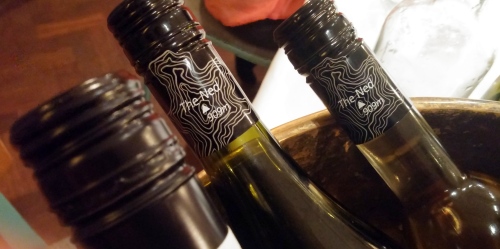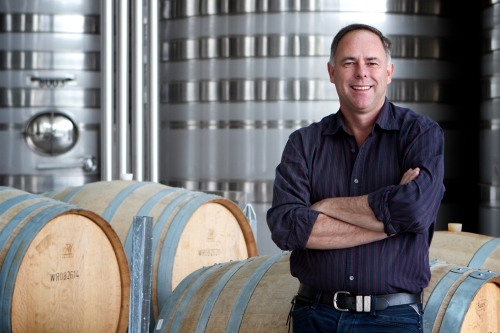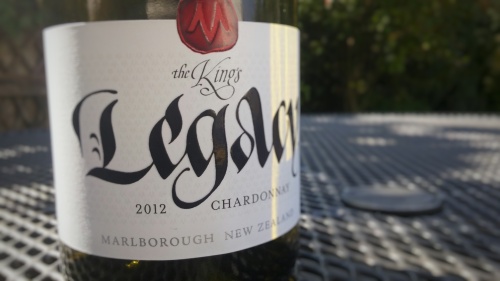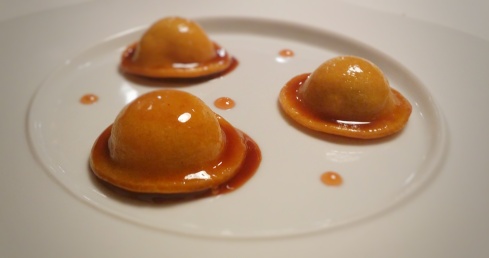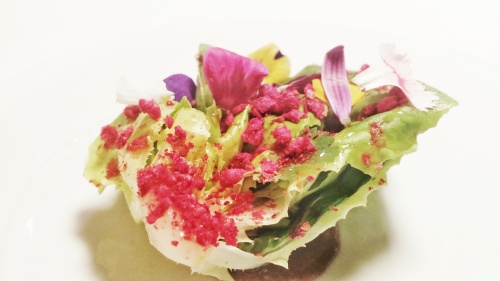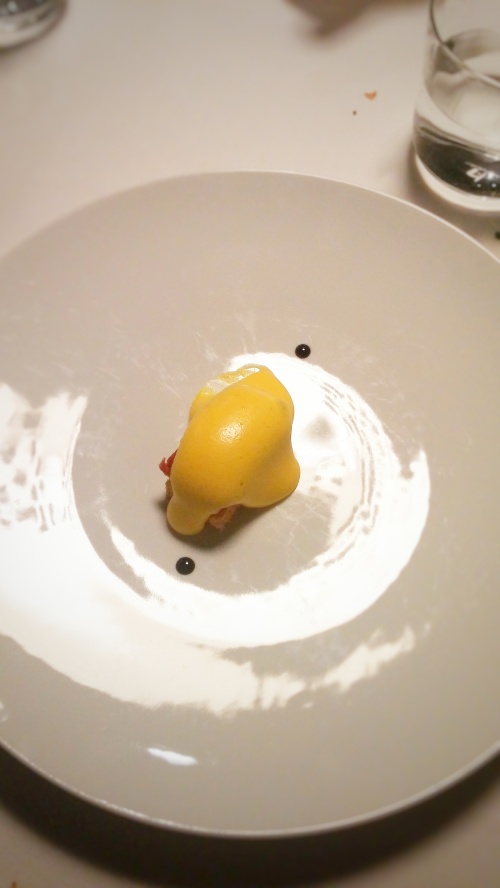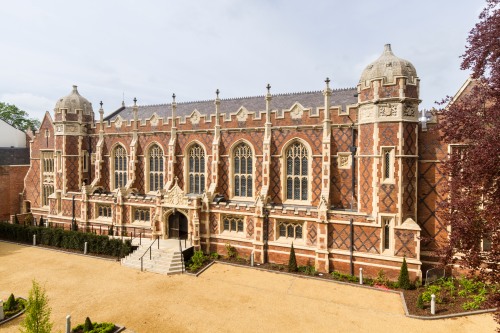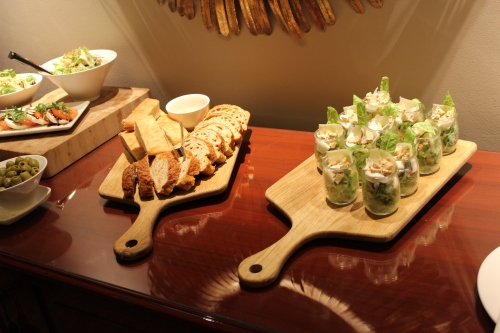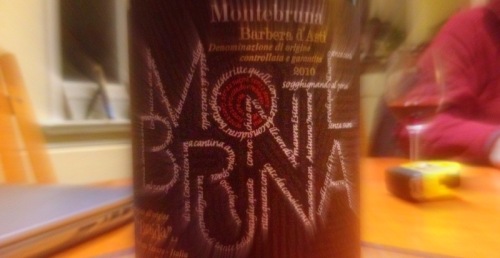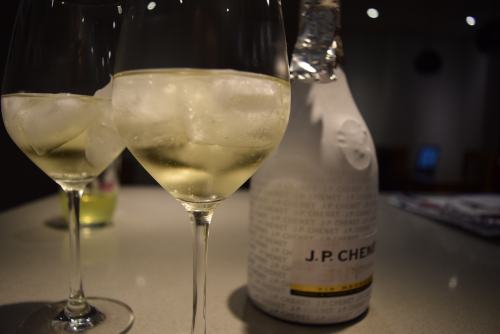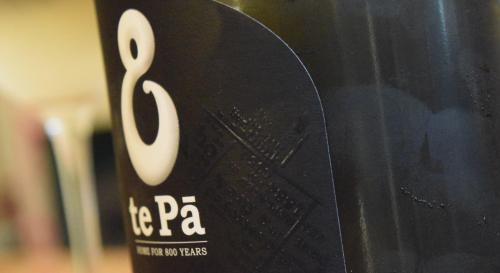Mrs CF took one sip and declared it delicious. Then she spied the thin, fluted bottle, and gave me a reproachful look. I had smuggled some riesling into her mouth, which is generally frowned upon and immediately followed by an order to open another bottle. This time, though, was different.
Which was just as well, as I’d just bought six bottles of it – or rather one each of this one, and five of its slightly posher cousins. Turns out the kind of riesling that gets the nod is also the kind this winery specialises in – the (apparently) totally dry.
Tesch bottle their wines with the finest-looking screwcaps known to man. Each gets a different colour, matching their label. The result is enormously pleasing, and what’s inside the bottle more than measures up. I was reminded of an interview I read at the weekend with Duran Duran keyboardist Nick Rhodes, in which he admitted that “I always judge a bottle of wine by its label because it shows that it’s made by people who care about the tiniest details”. It’s not an infallible rule, but it works in this case: Martin Tesch farms by organic principles, harvests by hand, uses no oak, lets the grapes speak for themselves.
I visited Tesch four years ago, on a brief visit to the Reinhessen (though he’s based just next door, in the Nahe), and brought home a couple of bottles of his white pinot noir, The Big Blue (always a bit of a gimmick, it seems to me, but his is the best I’ve tried). I have never drunk his wines since, but neither have I forgotten them. They aren’t easy to find in this country (though not impossible: Coe Vintners import them), but every now and then I would look at his website, and wonder would happen if some guy in London ordered the sampler case that’s advertised there. A few weeks ago, it struck me that there was only one way to find out (well, two – I could always have just asked).
It cost €83, or almost exactly £60, including postage, and arrived at my door safe, happy and colourful. The least colourful, and the first we opened, is also the most famous. Tesch’s Unplugged riesling wears sombre black, the wine with which he piggybacked upon MTV’s similarly-titled acoustic concerts to associate his wines with his other passion, music, and the one that made his name. “Unplugged,” he explains, “is a wine designed to counter technological excesses and over-sweetening of Riesling, and has become an instant classic.” The word unplugged applies equally to his winemaking – pared-back, low-intervention, made by hands rather than machines.
He has since created a wine, Weisses Rauschen (White Noise), not in my six-pack, with his favourite hoary old German noisy rock band, Die Toten Hosen. White Noise sounds like the opposite of Unplugged, but the winemaking principles are the same. My other five wines, which he calls his “crown jewels”, are all single-vineyard rieslings.
Tesch describes himself as a rebel, suggesting that his parents didn’t approve of his lifestyle before he returned home to take over the family winery. I know little of this lifestyle except that it brought him a Phd in microbiology, which doesn’t sound like the height of rebellion. He is now totally focused, interested in dry riesling and not a lot else (though he’s got a couple of hectares of pinot noir and pinot blanc). He wears black turtlenecks and speaks with the bluntness of a zealot. And he makes perfect, pure riesling, zingy and zippy and thrillingly austere (though accoring to Coe Vintners the 2013 Unplugged – I had the 2014 – had 2.7g/l of sugar, enough for wines with less acidity to taste medium-sweet). And they’re ludicrously underpriced, with Coe suggesting the single-vineyard wines should cost around £13 in this country if you can find them, and the Unplugged around £10. But the thing about those rainbow screwcaps is that they only truly look their best when you’ve got a lot of them. Which, all things considered, isn’t such a bad thing.

